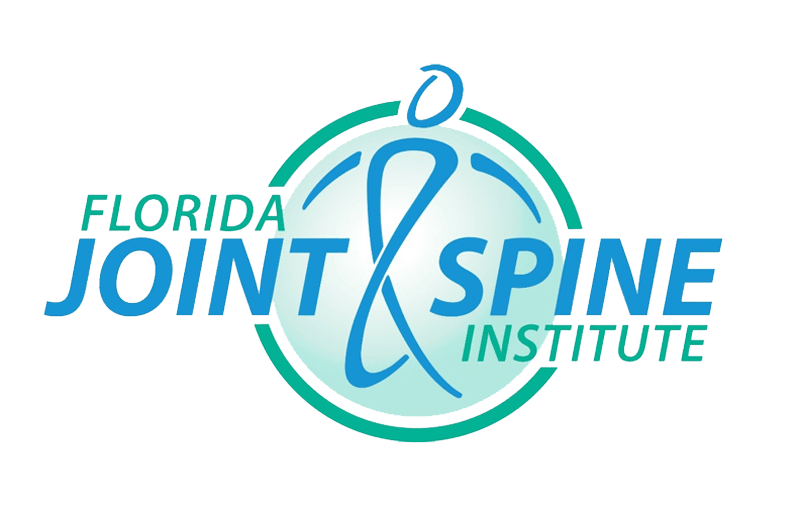
Early hip osteoarthritis frequently begins with dull pain in the groin or outer thigh that may intensify after walking or standing, signaling cartilage wear in the hip joint. Many patients notice morning stiffness or difficulty turning in bed that eases with gentle movement, reflecting reduced joint lubrication and inflammation.
Audible clicking or grinding (crepitus) during hip motion can occur as roughened cartilage surfaces rub together. Because these early symptoms often respond well to conservative measures, prompt recognition and intervention—such as activity modification, targeted exercises, and medical evaluation—can help maintain function and delay more invasive treatments.
Understanding Hip Osteoarthritis
Hip osteoarthritis is a degenerative joint disease in which the cartilage cushioning the hip socket gradually wears away, leading to bone-on-bone friction and joint inflammation.
Risk factors include age over 50, previous hip injury, obesity, and genetic predisposition, all of which accelerate cartilage breakdown. Early-stage hip OA may not show distinct changes on X-rays, making clinical symptoms vital for timely diagnosis and management.
Common Early Symptoms
1. Hip or Groin Pain
Patients often first notice a dull ache in the groin that may radiate to the front of the thigh or knee, especially after weight-bearing activities like walking or climbing stairs. This pain tends to worsen as cartilage loss progresses, reflecting increased stress on exposed bone surfaces.
2. Morning Stiffness and Reduced Flexibility
Hip stiffness is commonly most pronounced upon waking or after sitting for long periods, with patients reporting difficulty in bending or rotating the hip for several minutes. Gentle movement and gentle stretching often relieve this stiffness, indicating mild synovial inflammation rather than fixed deformity.
3. Audible Clicking or Grinding (Crepitus)
A creaking or cracking sound, known as crepitus, may be noticeable when the hip moves, caused by irregular cartilage surfaces or loose fragments within the joint space. While not always painful, crepitus signals mechanical changes that warrant further evaluation.
4. Pain During or After Activity
Discomfort that flares during exercise, prolonged walking, or standing indicates that the joint’s shock-absorbing capacity is compromised. Patients may modify gait or posture to compensate, potentially leading to muscle imbalances and secondary pain in the back or knees.
5. Reduced Range of Motion and Limping
As the disease advances, patients often find it harder to flex, extend, or internally rotate the hip, which can manifest as a detectable limp or reliance on handrails when navigating stairs. This functional decline can significantly impact daily tasks such as dressing, driving, and household chores,
When to Seek Professional Evaluation
If hip pain or stiffness persists for more than two weeks, interferes with sleep, or limits routine activities, patients should consult an orthopedic specialist for assessment. Warning signs warranting urgent evaluation include sudden inability to bear weight, severe swelling, fever, or loss of sensation in the leg.
Responding to Early Symptoms: Next Steps
Activity Modification
Reducing high-impact exercises (e.g., running) in favor of low-impact activities like swimming or cycling can alleviate joint stress while maintaining cardiovascular health.
Physical Therapy and Exercise
A tailored program focusing on hip-strengthening exercises—such as side-lying leg lifts and resistance-band adductions—improves muscular support and joint stability.
Weight Management
Losing even 5–10% of body weight reduces hip joint load significantly, slowing disease progression and relieving pain.
Medications and Supplements
Short-term use of NSAIDs may control inflammation, while glucosamine and chondroitin supplements have shown mixed but potentially beneficial effects on cartilage health.
Assistive Devices
Using a cane on the opposite side of the affected hip or wearing supportive footwear can redistribute forces and improve gait mechanics.
Recognizing and addressing early hip osteoarthritis symptoms empowers patients to take proactive steps toward preserving joint function and quality of life. If you’re experiencing persistent hip discomfort or stiffness, schedule an evaluation with Florida Joint & Spine Institute to develop a personalized care plan tailored to your needs.

